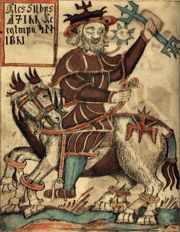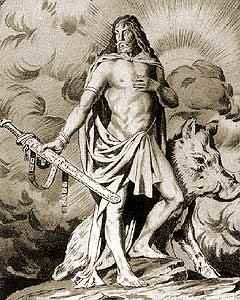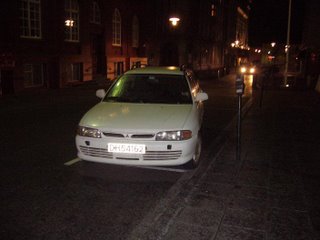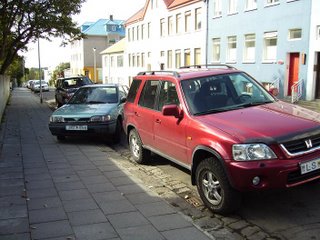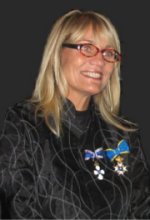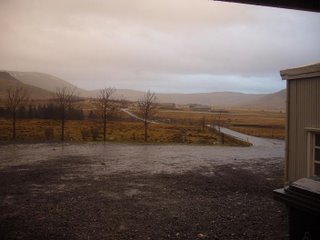The Whaling Issue

Historical whaling records demonstrate that Iceland has an infamous history of over-exploitation of whales. Between 1883 and 1939, Iceland killed 2,294 blue whales, 1,541 fin whales, 213 humpbacks, 98 sperm whales, 10 sei whales and 13,502 more unspecified whales (mostly blue and fin whales).
In 1946, Iceland became a founding member of the International Whaling Commission (IWC), the body established to regulate whaling and conserve whales, created by the 1946 International Convention for the Regulation of Whaling (ICRW). However, the IWC’s regulation of whaling for its first four decades was a litany of mismanagement and competitive over-exploitation. From 1948, Iceland caught a further 17,078 whales.
Finally, in 1982, following years of over exploitation and poor regulation of whale stocks by many countries including Iceland, the IWC agreed an indefinite moratorium on commercial whaling. Iceland opposed the ban but unlike Norway and Japan, did not lodge an Objection to the decision. Iceland stopped commercial whaling just before the ban came into effect in 1986.
However, Iceland, like Japan, saw the potential offered by a clause in the ICRW that permits whales to be killed for scientific research. In 1986, Iceland began to engage in so-called "scientific whaling" in order to avoid the moratorium on commercial whaling. By 1989 it had killed 292 fin whales and 70 sei whales for so-called ‘research’. Despite claims that it was conducting important science on these animals, more than 15 years later, most of the data collected from them has still not been published. However, a significant proportion of meat from the whales caught was exported to Japan for profit, illustrating the clear commercial motivation of this operation.
In 2002, after two failed attempts to rejoin the IWC with a reservation against the moratorium on commercial whaling, Iceland was finally, but controversially, readmitted at a special IWC meeting in October 2002. In its reservation, Iceland stated that it would not commence commercial whaling before 2006. However, it did not rule out restarting scientific whaling.
 In October 2006, the Icelandic government issued licenses for a commercial whale hunt in addition to the continuing scientific program. Over the twelve-month period ending in August 2007, Icelandic whalers have been authorized by the Icelandic government to hunt and sell 30 minke whales and 9 fin whales. Iceland broke the IWC moratorium on commercial whaling on 21 October 2006 after Icelandic whalers killed a Fin Whale. Iceland has claimed an exemption to the moratorium through the reservation made in 2002.
In October 2006, the Icelandic government issued licenses for a commercial whale hunt in addition to the continuing scientific program. Over the twelve-month period ending in August 2007, Icelandic whalers have been authorized by the Icelandic government to hunt and sell 30 minke whales and 9 fin whales. Iceland broke the IWC moratorium on commercial whaling on 21 October 2006 after Icelandic whalers killed a Fin Whale. Iceland has claimed an exemption to the moratorium through the reservation made in 2002.25 nations delivered a formal diplomatic protest to the Icelandic government on 1 November concerning resumed commercial whaling. The protest was led by the UK and signed by nations including the US, Australia, Brazil, France, Germany, Finland and Sweden.



